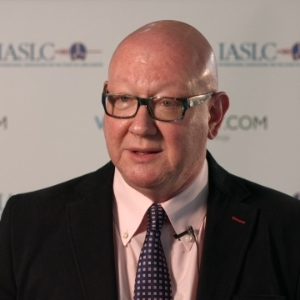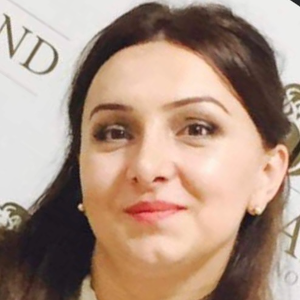Infantile dermatitis is a condition characterised by redness, itching, scaling and crusting of the skin that occurs in babies and toddlers. It is also commonly referred to as 'Infantile eczema'. It is the most common skin condition in infants, affecting around 20% of babies in their first year of life. It is more common in boys than in girls. Infantile dermatitis is usually caused by a combination of environmental factors, such as climate, humidity, and exposure to irritants like soap, detergent and allergens, as well as genetic factors. It may worsen with stress or in times of poor health. In some cases, a food allergy may be a trigger. The most common areas affected by infantile dermatitis are the face, neck, arm and leg folds, wrists and hands. It may present as red, scaly and itchy patches on the face, outer ears, elbows and knees. In cases of severe infantile dermatitis, the skin may become infected resulting in blistering, weeping and crusting. Treatment usually consists of keeping the skin naturally moisturised and implementing irritant free baths. Mild corticosteroid creams, as well as anti-inflammatory creams, can be used to help reduce redness and itching. Calamine lotion or topical antibiotic cream may be used to treat the infection if present. To prevent the reoccurrence of inflammation, it is important to identify and avoid environmental triggers and allergens. Foods known to cause food allergy or intolerance can also be avoided. It is generally advised to keep the baby's skin moisturised, and that tight fitting clothes should be made of soft, breathing fabrics. In most cases, infantile dermatitis will improve over time. However if the symptoms persist further medical intervention may be required. It is important to visit your doctor if you are concerned about your baby's condition. They will be able to provide a diagnosis and appropriate treatment to help manage the condition.

Irina Sergeeva
Novosibirsk State University, Russian Federation
Dave Ray
Dave Ray Enterprises., United States
George Sulamanidze
Plastic Surgeon at Clinic of Plastic and Aesthetic Surgery and Cosmetology TOTALCharm, Georgia
Sergei A Grando
University of California Irvine, United States
Nino Tsamalaidze
Ltd Karabadini+, Georgia
Lina Petrossian
California University of Science and Medicine, United States
Surajbala Khuraijam
Manipur Health Services, India
Shrutimita Pokhariyal
Symbio, India
Yasser Mohammed Hassanain Elsayed
Egyptian Ministry of Health, Egypt



Title : Paraneoplastic Autoimmune Multiorgan Syndrome or PAMS: Paraneoplastic pemphigus revisited
Sergei A Grando, University of California Irvine, United States
Title : Modern non-invasive methods for in vivo assessment of skin
Georgios N Stamatas, SGS, France
Title : Personalized and precision dermatology through the view of biodesign-inspired translational & data-driven applications: Revolutionary skin treatments for every concern in clinical dermatology integrating skin care experts and consumers
Sergey Suchkov, N.D. Zelinskii Institute for Organic Chemistry of the Russian Academy of Sciences, Russian Federation
Title : The next generation of threads: Lifting, volumization, and biostimulation in one powerful triple action
George Sulamanidze, Plastic Surgeon at Clinic of Plastic and Aesthetic Surgery and Cosmetology TOTALCharm, Georgia
Title : Lymphoproliferative diseases in the practice of a dermatologist
Irina Sergeeva, Novosibirsk State University, Russian Federation
Title : Comparative efficacy of omalizumab and dupilumab in children with Chronic Spontaneous Urticaria (CSU): A retrospective cohort analysis
Molynna Nguyen, University of Toledo, United States
Title : "Mirror mirror on the skin” — A low-cost community strategy to reduce melanoma disparities in Washington, D.C.
Kayla Sampson, Georgetown University School of Medicine, United States
Title : Vitiligo: Not just an aesthetic disorder
Mateja Starbek Zorko, University Medical centre Ljubljana, Slovenia
Title : Personalized and Precision Medicine as a unique avenue to have the healthcare model renewed to secure the national biosafety: Advanced skincare solutions in individualized cosmetology, reconstructive plastic surgery and the modern beauty
Sergey Suchkov, N.D. Zelinskii Institute for Organic Chemistry of the Russian Academy of Sciences, Russian Federation
Title : Efficacy and safety of CE ferulic and resveratrol serums after fractional CO? laser: A split-face controlled trial
Yu Shi, Shanghai Skin Disease Hospital, China